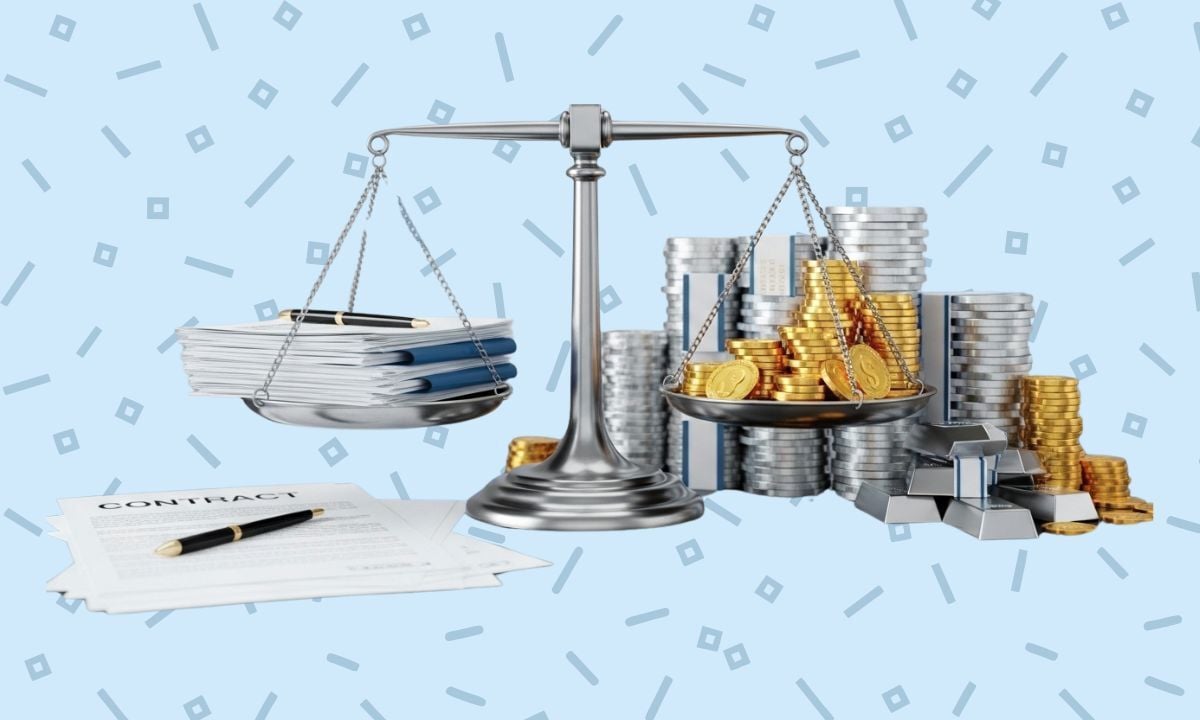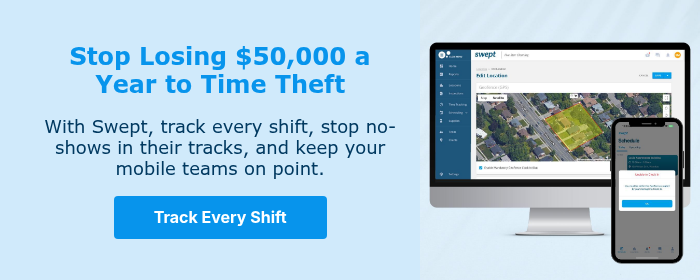How to Price Commercial Cleaning Jobs for Profit (Not Just to Win Them)


Running a successful commercial cleaning business isn’t just about landing clients—it’s about making each job profitable. Too many cleaning companies underprice work to win contracts, only to get squeezed on labor, supplies, and overhead.
The right pricing approach ensures your business grows sustainably, keeps your team happy, and maximizes janitorial profit margins. Here’s how to set commercial cleaning pricing for profit, using strategies that go beyond simply winning contracts.
Understand What Your Client Is Really Hiring You For
When a client requests a quote, they’re not just buying cleaning—they’re hiring you to deliver peace of mind, a safe and clean environment, and consistent results.
Focus on the value you provide:
- Maintaining a clean, sanitary space that meets health and safety standards
- Supporting productivity by reducing interruptions from messy or unsafe areas
- Reflecting their brand’s professionalism through spotless spaces
Focusing only on hours or square footage risks underpricing the real value of the job. Align your pricing with the full scope of what the client expects to protect your commercial cleaning profitability.
Step 1: Break Down Your Costs
To achieve strong janitorial profit margins, you need to know exactly what a job costs. This goes beyond wages and supplies—it includes:
- Labor hours (including training, travel, and breaks)
- Cleaning supplies and consumables
- Equipment depreciation or rental costs
- Overhead like insurance, uniforms, and administration
Step 2: Factor in Your Desired Profit
Once costs are clear, determine the profit margin you need to sustain and grow your business. Most commercial cleaning companies aim for 15–25% net profit, though this varies by market, job complexity, and client expectations.
Formula:
Price = Total Costs ÷ (1 – Desired Profit Margin)
Example: If a job costs $800 and you want a 20% profit margin:
Price = $800 ÷ 0.8 = $1,000
This ensures your Janitorial job pricing covers costs and supports growth.
Step 4: Use Tiered Janitorial Pricing Strategies
Not every client or job is the same. Tiered pricing helps you charge fairly for complexity, frequency, and specialized work:
- Frequency: Daily, weekly, monthly
- Scope: Number of rooms, square footage, or specialized services
- Complexity: High-touch surfaces, sensitive environments, or post-construction cleaning
Example:
|
Service Type |
Frequency |
Base Price |
Profit Margin |
|
Basic Office |
Weekly |
$500 |
20% |
|
Full Office + Floors |
Weekly |
$800 |
22% |
|
Specialized Post-Construction |
One-time |
$1,500 |
25% |
Learn more about strategic pricing for commercial cleaning and how past job data can guide smarter janitorial pricing strategies.
Step 5: Maximize Profit with Upselling & Value Additions
Once your base price is set, look for opportunities to increase profit margins through high-value or specialized services:
- Quarterly/Bi-Annual Deep Cleans: Carpet extraction, window washing, upholstery cleaning—high-margin services that don’t add daily overhead
- Specialized Maintenance: Floor strip/wax, sanitization of high-touch areas, exterior pressure washing
- Consumable Supply Management: Charge a fee to manage and stock paper towels, soap, and toilet paper
- Customization: Specialized cleaning for server rooms, clean rooms, or medical environments
Pro tip: Track average revenue per client (ARPC). Upselling add-ons is the fastest way to boost commercial cleaning profitability.
Step 6: Don’t Underprice to Compete
Lowering rates just to “win the job” might secure a contract, but it erodes janitorial profit margins.
Instead:
- Educate clients on the value of quality cleaning
- Show transparency in cleaning job costing
- Position your pricing as an investment in reliability, safety, and risk management
Clients who understand what they’re paying for are more likely to respect your pricing and less likely to haggle.
Step 7: Understand the True Cost of a Low Bid
When clients push back on your rate, pivot to the Total Cost of Ownership (TCO) rather than just the sticker price. A low bid often comes with hidden costs:
- High Employee Turnover: Inconsistent quality, new faces weekly, loss of facility knowledge
- Insufficient Insurance/Licensing: Liability risk falls on the client if accidents or damage occur
- Poor Quality Equipment/Supplies: Damages surfaces, ineffective sanitization, faster asset wear
- “Bait and Switch” Pricing: Unexpected change orders or nickel-and-diming for standard services
Learn more about hidden costs eating your profit and how to price smarter.
Step 5: Review and Adjust Regularly
Markets, labor costs, and supply prices change. Reviewing your commercial cleaning pricing keeps your margins healthy:
- Track actual vs. estimated costs per job
- Adjust prices annually or when cost structures change
- Identify profitable vs. underperforming contracts
Check out strategic pricing for commercial cleaning to turn your quotes into sustainable growth.
The Outcome: Pricing for Profit, Not Just Jobs
When you price strategically:
- You protect profit margins
- You reduce stress for your team
- Clients see the value and reliability of your service
- Your business grows sustainably
Pricing isn’t just a number—it’s covering your costs, managing risk, and making every cleaning job contribute to long-term commercial cleaning profitability.



